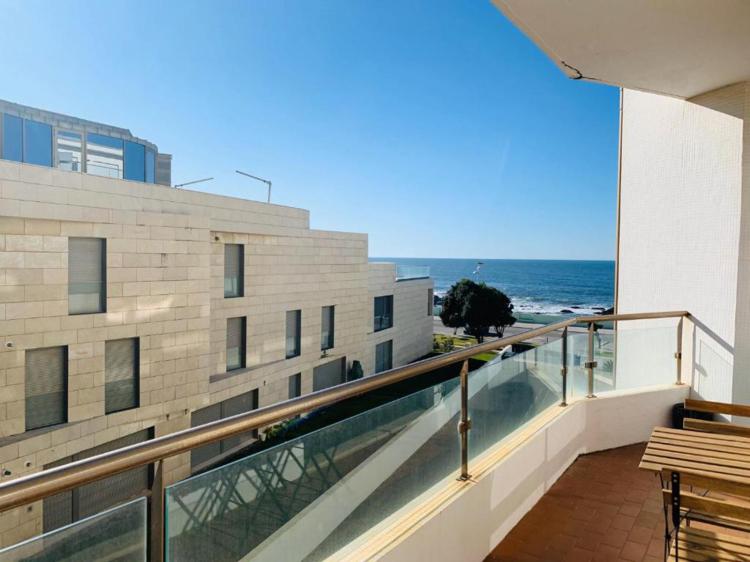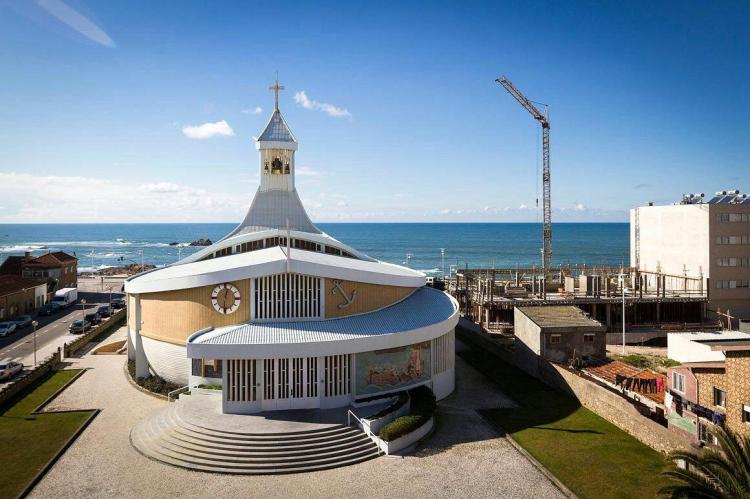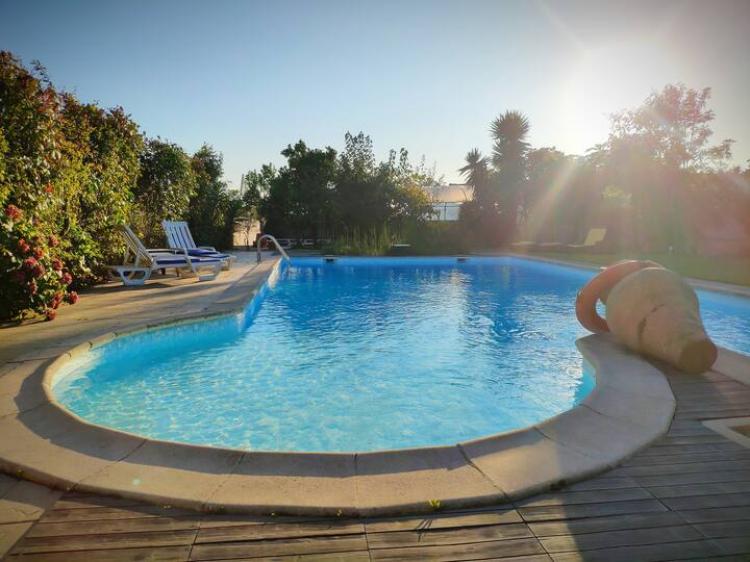Visiter Viana do Castelo ne peut se faire sans une halte au sanctuaire Santa Luzia
Located on the hill of Santa Luzia, a few kilometers from the city center of Viana do Castelo, the Sanctuary of Santa Luzia is one of the most iconic monuments in northern Portugal.
Overlooking the mouth of the Lima River, this sanctuary not only offers a breathtaking view of the city of Viana do Castelo and the Atlantic Ocean but also an impressive testimony to Portuguese religious architecture.

If you are planning to visit the Sanctuary of Santa Luzia, be sure not to miss the numerous cultural treasures that the city of Viana do Castelo offers, known for its rich heritage and history.
Discover Viana do Castelo Find a rental
The History of the Santa Luzia Sanctuary in Viana do Castelo
The construction of the Santa Luzia Sanctuary began in 1904 and was completed in 1959. Designed by architect Miguel Ventura Terra, the sanctuary is inspired by the Basilica of the Sacred Heart in Paris, while incorporating elements of neo-Byzantine, Romanesque, and Gothic styles. This fusion of styles gives the building a majesty and uniqueness that attracts the attention of all visitors.

The Santa Luzia Sanctuary: A meeting of architecture and art
The Santa Luzia Sanctuary stands out with its granite façade adorned with sculpted motifs and its three imposing domes.
Inside, visitors can admire magnificent stained glass windows depicting biblical scenes, as well as a spectacular rose window, one of the largest in Europe, measuring nearly 5 meters in diameter.
The central dome, accessible by an elevator or a narrow staircase, offers a 360-degree panoramic view, allowing one to take in the natural and urban beauty of the surroundings at a glance.
A must-visit pilgrimage site in Viana do Castelo
The Santa Luzia Sanctuary is an important pilgrimage site. It attracts thousands of devotees each year who come to pay homage to Saint Lucy (Santa Luzia), the patron saint of the blind and visually impaired.
The feast of Santa Luzia, celebrated on December 13th, is a significant event for the local community, featuring religious processions, solemn masses, and various cultural events.
The city of Viana do Castelo regularly hosts traditional festivals. If you wish to immerse yourself in Portuguese history, take advantage of your stay to participate in these celebrations.
Discover the festivals of Viana do Castelo
What to visit at the Santa Luzia Sanctuary?
The Santa Luzia Sanctuary in Viana do Castelo offers a multitude of activities and visits that will satisfy all types of visitors, whether they are interested in history, architecture, nature, or spirituality. Here is an overview of the main activities and visits available:
- Sanctuary Visit: Enter the heart of this monument and admire its impressive architecture, taking your time to appreciate this cultural treasure. Don’t hesitate to climb to the top of the dome for a 360-degree panoramic view of Viana do Castelo, the Lima River, and the Atlantic Ocean.
- Outdoor Activities: Enjoy the hiking trails around the hill of Santa Luzia. These trails offer spectacular views and an immersion in the surrounding nature. You can also relax in the well-maintained gardens of the sanctuary during a picnic break.
- Funicular Ride: Take the funicular, one of the oldest in Portugal, which connects the city center of Viana do Castelo to the top of the hill. This picturesque journey offers a unique perspective on the surrounding landscape.
- Attend a Mass: For religious visitors, attending a mass can be an enriching experience. The sanctuary regularly holds religious services.
- Guided Tours: Join a guided tour to learn more about the architecture, history, and anecdotes related to the sanctuary. Local guides provide detailed information and interesting insights.
The Santa Luzia Sanctuary is a treasure to discover for all those visiting Viana do Castelo. Whether you are drawn by history, architecture, spirituality, or simply the beauty of the landscapes, this site offers a rewarding and memorable experience.
Don’t miss the opportunity to visit this gem located in northern Portugal.




